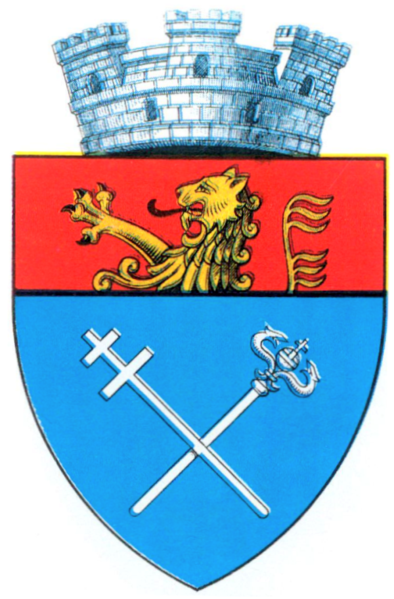 Strehaia
Strehaia

Strehaia is a town in Mehedinţi County, Oltenia, Romania. It is situated 25 km west of Filiaşi, on the Motru River valley. Forests in the vicinity are home to the largest Herman's Tortoise colonies in Oltenia.
Strehaia was first mentioned in documents of the 15th century. As an alternative location for the residence of Oltenian Bans during the early Craioveşti rules, the town still features the foundation of the Banate estate house; it had replaced Severin due to frequent Ottoman attacks, and was in turn replaced by Craiova, remaining a largely rural locality.
The Monastery of Strehaia was built by Wallachian Prince Matei Basarab in 1645. In 1671, a cattle fair was organized in the town, a regular event which contributed to the town's development. Strehaia was the site of skirmishes between the Pandurs of Tudor Vladimirescu and troops loyal to Scarlat Callimachi, during the Wallachian uprising of 1821.
The estates of Prince Antoine Bibesco were located near Strehaia.